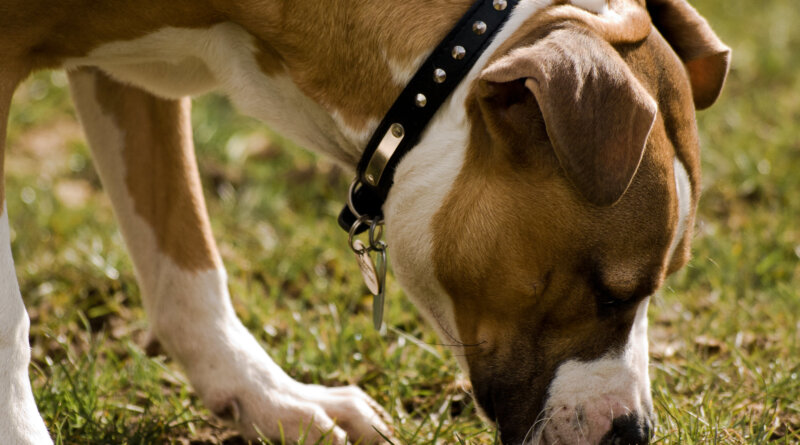Dog Walks, Sniffing, Shaking and Pulse Rate
Though walks with dogs are completely commonplace, there have been remarkably few research studies on how these excursions affect our dogs. Almost any study in this area is likely to find out new things because we know so little about it. A recent study explored the pulse rate of dogs on walks and found some interesting results related to leash length, sniffing and the behavior that is most commonly described as “shaking it off”.
Sixty-one dogs were walked three times for 5 minutes each, and their pulse was recorded throughout. One walk was with a 1.5m leash, one was with a 5m leash and one walk was without a leash. (The order of the walks for each dog was random.) The dogs in the study were diverse in terms of breed, age, reproductive status, size and lifestyle.
One of the most interesting results of this study was that the length of the leash influenced the amount of time that dogs spent sniffing. Dogs on a long leash spent almost three times as long sniffing as dogs on a short leash. Unleashed dogs sniffed even more than dogs on a long leash—over three times as long as those on a short leash. This was true for dogs who were walked often and for those who almost never went on walks and everything in between. It was true for all types of dogs (age, size, sex) and was even a pattern for dogs who don’t pull on the leash. An important practical takeaway from this research is that walking dogs off leash when feasible and on a long leash otherwise may encourage dogs to engage in more sniffing behavior. That may allow dogs to enjoy their walks even more than they already do—if you can imagine!
Sniffing and pulse rate showed a correlation, too. When dogs sniffed, their pulse rate went down. The more intensely they were engaged in the sniffing behavior, the more their pulse rates lowered. The decline in pulse rate cannot be solely attributed to level of physical activity because pulse rates of dogs declined when they sniffed even if they continued walking.
GET THE BARK NEWSLETTER IN YOUR INBOX!
Sign up and get the answers to your questions.
The behavior commonly called “shaking it off” was also associated with a decline in pulse rates. Dogs on walks often shook their bodies for a couple of seconds in much the same way that wet dogs shake their body and send water in all directions, and they often did so when their pulse rate was especially high. Following this shaking behavior, their pulse rate declined. The shaking behavior and the associated declines in pulse rates happened in all three leash conditions—1.5m leash, 5m leash and unleashed.
Though the researchers have concluded that sniffing and shaking it off cause a lowering of pulse rate, their study does not allow us to definitively determine that. They have certainly found a very interesting correlation, but further experimental research added to these observational studies are necessary to know for sure.
It’s exciting that people are studying dogs in this every day situation and I’m hopeful that these researchers will continue to share their work.



